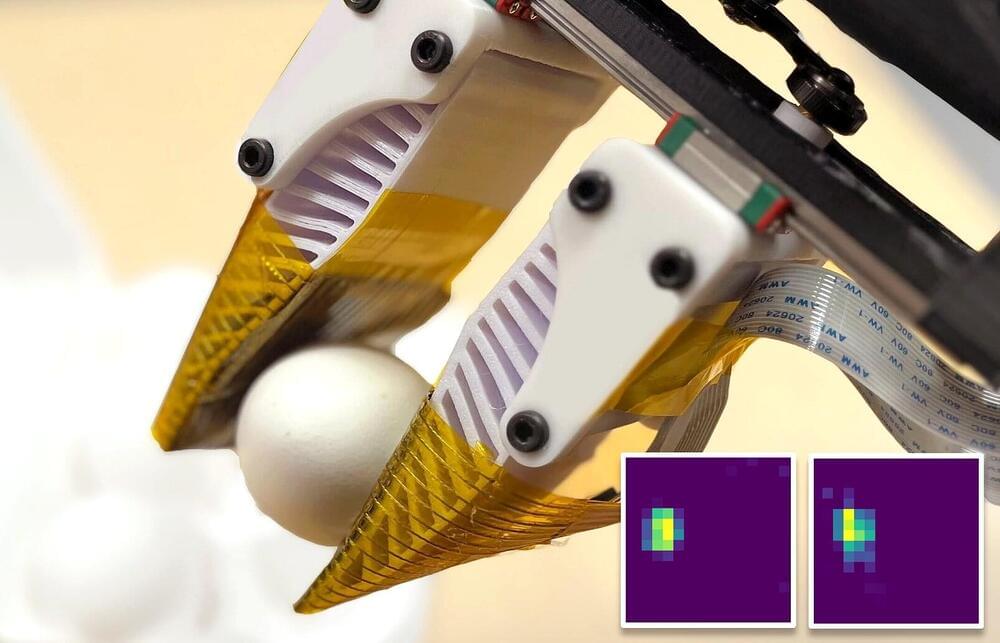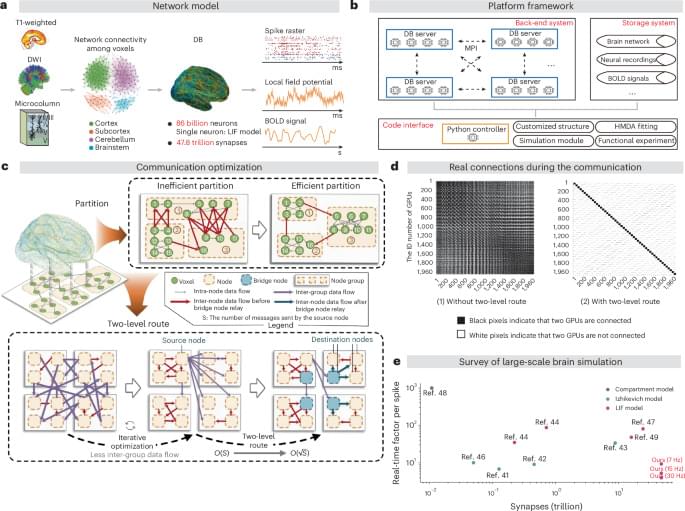Commonwealth Fusion Systems, a startup that was spun out of a project at the Massachusetts Institute of Technology’s research labs, announced plans this week to break ground on what it calls “the world’s first grid-scale fusion power plant.” The plant which is expected to come online sometime in the early 2030s, according to the company, will be built in Chesterfield County, Virginia.
The plan is certainly an ambitious one, starting with how the energy will be generated. Nuclear fusion is a notoriously difficult process that involves fusing together two light atomic nuclei into a single heavier one, resulting in the release of a massive amount of energy—it’s estimated to produce four times as much energy as nuclear fission reactions. The reaction that nuclear fusion generates is the same kind of reaction that powers the sun.
It’s not hard to imagine why one would want to be able to harness the energy of the sun. It is hard to actually, ya know, do that, though. To date, nuclear fusion has proven elusive—at least in a way that would produce usable energy. In 2022, scientists at Lawrence Livermore National Laboratory in California reached nuclear fusion “ignition” for the first time, meaning they successfully produced an excess of energy from the reactions. Prior to that breakthrough, which has since been replicated, it took more energy to produce the reaction than energy that came from it.








